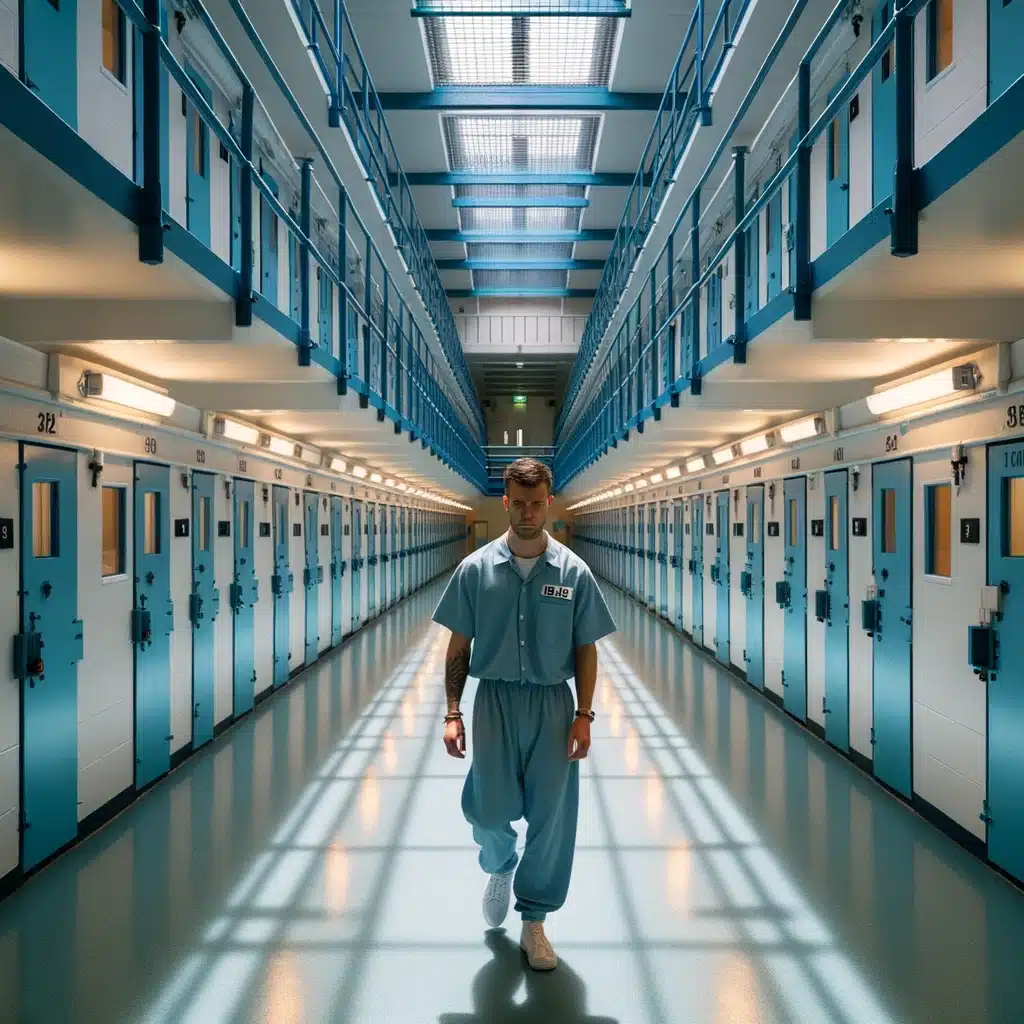Prison Recategorisation

The term “prison recategorisation” may not be familiar to everyone, but it’s a crucial aspect of the UK’s prison system. It involves the reclassification of an inmate’s security level, which in turn affects the type of prison they are placed in. In this article, we’ll delve into the different prison categories, how recategorisation works, and what it means for inmates in the United Kingdom.
Different Prison Categories
A Category Prisons
These are maximum-security prisons designed to house the most dangerous and high-risk offenders. Crimes that typically lead to Category A placement include murder, terrorism, and organised crime.
B Category Prisons
These are also high-security prisons but are less stringent than Category A. Inmates here have committed serious crimes but are considered less of a risk to public safety.
C Category Prisons
These are lower-security prisons for inmates who cannot be trusted in open conditions but are unlikely to try to escape. Crimes might include burglary, drug offences, and less severe violent crimes.
D Category Open Prisons
These are the lowest security level prisons, focusing on rehabilitation and preparation for release. Inmates here have often committed non-violent crimes and are nearing the end of their sentences.
Prison Recategorisation
How to Get a Prison Recategorisation
The Review Process
Prisoners are initially categorised based on the severity of their crime and risk to public safety. However, this category can be reviewed and changed over time. The review process typically occurs every six months to a year but can vary depending on the prison and the individual case.
Who Decides?
The decision to recategorise a prisoner is usually made by a review board consisting of prison officials, psychologists, and sometimes legal representatives. They consider factors like behaviour, participation in rehabilitation programmes, and risk to public safety.
What Does a Prisoner Need to Do for Recategorisation?
Good Behaviour
One of the most straightforward ways to be considered for recategorisation is through consistent good behaviour. This includes following prison rules and avoiding conflicts with staff or other inmates.
Participation in Rehabilitation Programmes
Engagement in educational courses, work programmes, and other rehabilitation activities can also contribute to a lower categorisation.
Demonstrating Low Risk
Showing that you pose a low risk to both other inmates and the public can be crucial. This might involve psychological evaluations and assessments.
Differences Between Categories
Security Measures
The higher the category, the stricter the security measures. Category A prisons have the most stringent controls, while Category D prisons offer more freedom and focus on rehabilitation.
Types of Work and Activities
Higher category prisons offer fewer opportunities for work and rehabilitation programmes. As you move to lower categories, more opportunities for education, work, and skill-building become available.
Visitation Rights
Higher category prisons often have stricter visitation rules, while lower category prisons may offer more flexible visitation options as part of the rehabilitation process.
Conclusion
Prison recategorisation in the UK is a complex process that takes into account various factors, from the severity of the crime committed to the behaviour displayed while incarcerated. Understanding this process is essential for anyone interested in the UK’s criminal justice system, as it plays a significant role in both the management of prisons and the rehabilitation of inmates. Whether you’re a family member of an inmate or simply curious about how the system works, knowing about prison recategorisation offers valuable insights into the journey of rehabilitation and reintegration.



